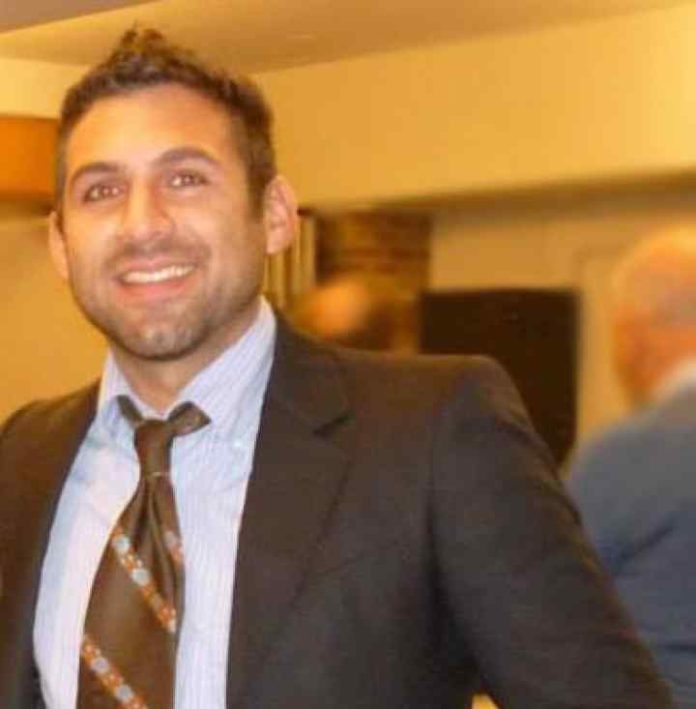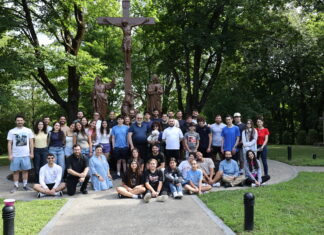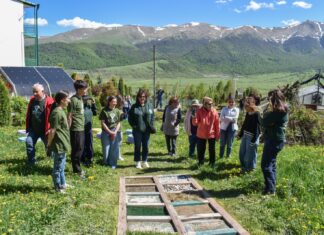By Andy Newman
NEW YORK (New York Times) — By the time Jon Stepanian pulled his beat-up Dodge van out of a Trader Joe’s parking lot on Long Island late one recent afternoon, it contained more than eight tons of scavenged food: romaine and romanesco, Bulgarian yogurt and Key lime mousse, flats of organic strawberries and cartons of frisée, dragonfruit and kumquats and olive-size baby kiwis, wedges of $28.99-a-pound Gabietou cheese and balls of local mozzarella and cases of vanilla Almond Breeze. Not just plain old whole-wheat bread but sourdough bread and olive bread and Balthazar baguettes, plus challah and pretzel rolls and blueberry scones, paleo “noodles” made from julienned rutabaga, Soothing Touch Tuscan Bouquet brown sugar scrub and prebiotic cleaning foam with rose-stem cells, a 30-pound box of prunes — “like a box of bricks,” Stepanian said as he hefted it — and more than $1,000 worth of oranges.
Stepanian, a co-founder of a nonprofit called Community Solidarity that feeds 15,000 people a week, had spent the day hopscotching across the mallscape of central Long Island from one giant supermarket to the next. He was headed to a pop-up food pantry to give it all away.
“When we unload,” he said, “the crazy part is, within 45 minutes, all this food is gone.”
Fifteen months into the pandemic, hunger still grips the region. Government food programs remain in overdrive. Big, well-known distributors like City Harvest, which move salvaged food by the tractor-trailer load, have doubled their deliveries. But need persists: In late March, nearly one in 10 households with children in the New York Metro area — more than half a million families — said they “sometimes” or “often” did not have enough to eat, according to a census survey.
At the same time, grocers discard enormous quantities of food each week, much of which has never even made it onto the shelves. Enter the volunteer food rescuers.








